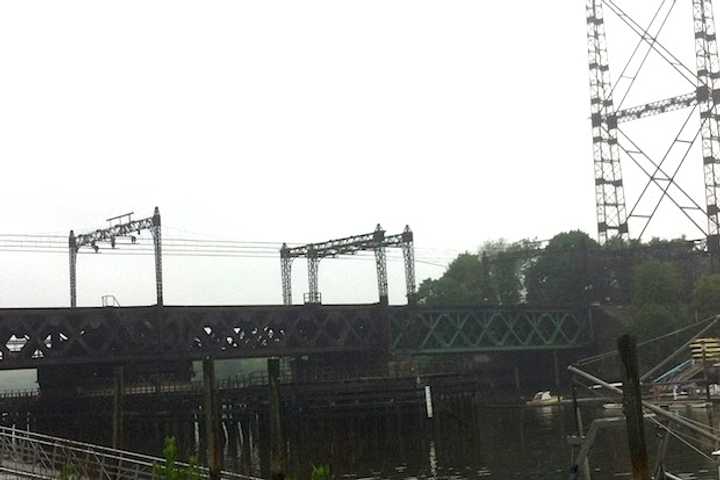The 118-year-old train bridge malfunctioned twice within two weeks over the summer, causing huge delays and frustrating commuters.
“The reliability of the Walk Bridge and the New Haven Line is of critical importance to the entire Northeast Corridor. Too many people depend on the commuter line to continue to see the kinds of disruptions we saw over the summer,” said Malloy.
“Connecticut was among many East Coast states applying for these very competitive grants to ‘harden’ transportation infrastructure in the wake of Hurricane Sandy and I am pleased that we succeeded. This funding is great news for our economy and for our residents who rely on this system every day.”
Built in 1896, the Walk Bridge is the oldest movable bridge along the New Haven Line/Northeast Corridor in Connecticut. The bridge will be replaced with a more resilient “bascule” or vertical lift bridge that opens for marine traffic from one side with a counterweight system.
n April, Malloy announced that Connecticut had applied for $600 million in federal transportation funding to help cover the capital costs of three resiliency, or “hardening,” projects. Specifically, the state requested $349 million in federal funding to cover 75 percent of the cost of the Walk Bridge Replacement Project.
Connecticut also won a $9 million Sandy grant to upgrade the power system at the New Haven Rail Yard, where Connecticut’s rail car fleet is maintained.
The state has outlined a series of modifications that can be made over the next nine months to improve the operating systems and reliability of the bridge until the bridge can ultimately be replaced. The state funding will pay for work on the devices that lift the rails and re-seat them, and other improvements that will restore the automated operation to the bridge.
The immediate improvements now being implemented include:
- Establishing a separate drive system to open and close the movable pieces of rail that lock the bridge into place;
- Installing electronic switches;
- Implementing repairs to rollers and rods in the center pier on which the bridge pivots; and
- Readjusting the gear and shaft system to properly align wedges at either end of the movable span that lock it into place.
The new mechanisms will reduce the manpower needed to open the bridge.
“The catastrophic, repeat failures at the Walk Bridge earlier this year-- the result of decades of decay, deferred maintenance and neglect-- caused intolerable delays, disrupting thousands of commuters along the nation's busiest rail line. The Walk Bridge is stuck in the 19th century, and a permanent, 21st-century solution is needed,” said U.S. Sen. Richard Blumenthal (D-Conn.).
“The Walk Bridge’s failure to open not once, but twice this year, served as a wake-up call for hundreds of thousands of Connecticut commuters that we simply can’t afford to let our roads and bridges crumble around us,” said U.S. Sen. Chris Murphy (D-Conn.).
“For far too long, Norwalk's deteriorated Walk Bridge has caused delays that have been a drain on commuters and businesses, and this important award will finally replace it and make other much-needed repairs to improve the safety and efficiency of Metro-North’s New Haven Line,” said U.S. Rep. Jim Himes (D-4th District).
Click here to follow Daily Voice Norwalk and receive free news updates.
